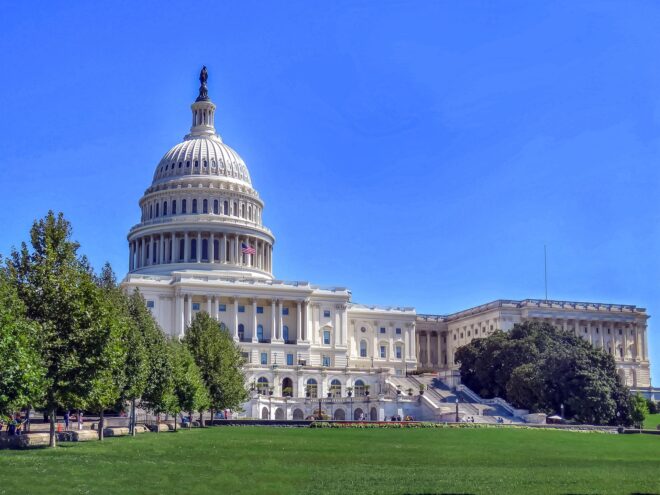Winning in Washington (and in the States): When Lobbying Needs Public Relations

This year, over $4 billion will be spent on lobbying in Washington and across dozens of states.
And a lot of it will be wasted because advocates and activists will approach lawmakers and their support staff for the first time—instead of using lobbyists and public relations professionals to build relationships long before the ask is made.
How do you build those relationships? We’re glad you asked, because the answer’s in our most recent LinkedIn Live panel, featuring:
- Evan Harris of BPD, a former California legislative staffer
- Conor Douglass of Milk & Honey PR, with public affairs experience in Washington, D.C. and New York
- Shawn Friesen of Chamber Hill Strategies, a Washington, D.C., lobbying firm
In Washington and in state capitals, relationships are often first built with a lobbyist’s handshake. The door is opened, initial meetings take place, and one-pager summaries are left behind. Members of Congress, regulators, and their staffers may also be invited to events to learn more about a specific industry or issue.
Back in the district, meanwhile, a less formal but equally important process is unfolding. Local citizens attend townhall events, invite lawmakers to casual gatherings, and partner with lobbyists for “fly-in” days to meet with lawmakers and their staffs.
And much of the time—behind the scenes, never mentioned to lawmakers, their staffs, or the public—are the PR professionals who are putting industry voices, small business owners, and constituents into the press and in front of influencers. They’re helping the medical doctor make the elevated expert argument; the upset constituent make the passionate case; and the respected political pundit directly push the lawmaker in the right direction.
Nuanced messaging is key here. Sometimes, you want to critique; other times, to praise, often simultaneously with different voices. We recently drafted and placed over a dozen op-eds supporting a campaign that nudged, never criticizing the targeted decisionmaker, but also running the rest of the gamut from “here’s an opportunity” language to full-on praise.
And it worked. While we were part of the team that drove the political and economic angle in the press – never once interacting with the decisionmaker or the staff – the lobbyists, constituents, and industry professionals drove the conversation directly. The behind-the-scenes PR push helped those people make the case – build the relationship – using the arguments presented elsewhere.
Of course, PR isn’t likely to win critical support if it isn’t in play long before a bill is rushed out of committee or jammed into a 1,000-page Continuing Resolution. That’s why, as Conor and Shawn pointed out, building relationships years before the ask is made is key to success—and not just from the lobbyist. With billions of dollars flying around, the client’s voice is not the only one in the room, so the highest likelihood of success starts with bringing in PR early to build a surround-sound marketing and branding approach that has:
- The right voices
- With different but on-point narratives
- Presented the right way
- Through the right channels
As Evan put it, “if you’re not in the room educating, advocating, showing up…it’s going to be a competitor, it’s going to be a challenger.”
And that’s a great way to lose out on a piece of legislation that could make or break your industry.
Watch the entire panel conversation below and click here to read Proven Media Solutions’ white paper about when PR can help—and when it can hurt—lobbying campaigns.

